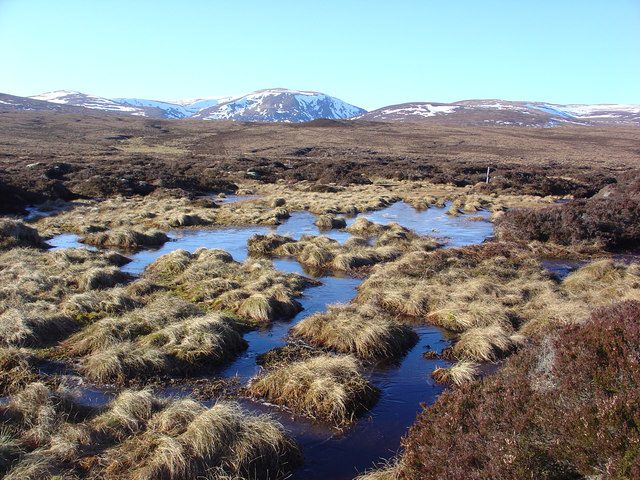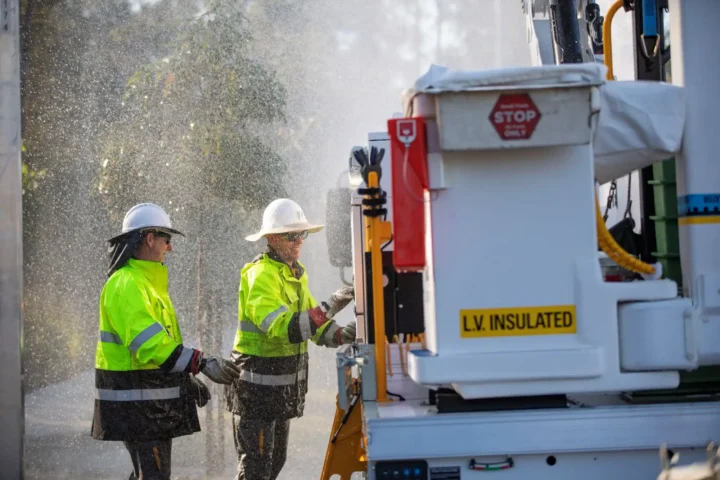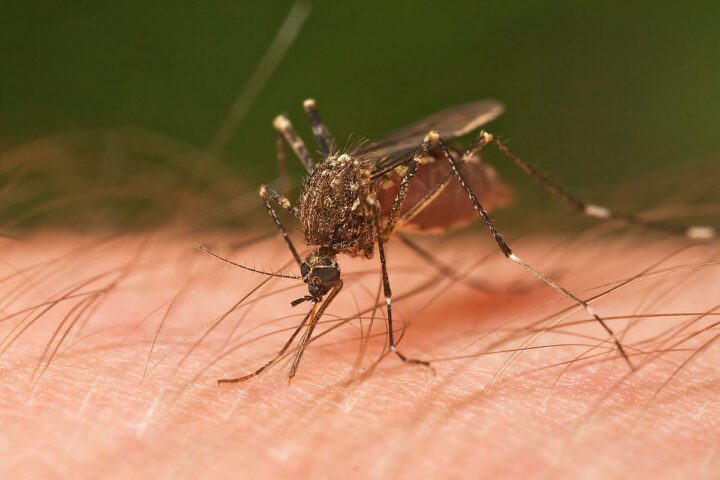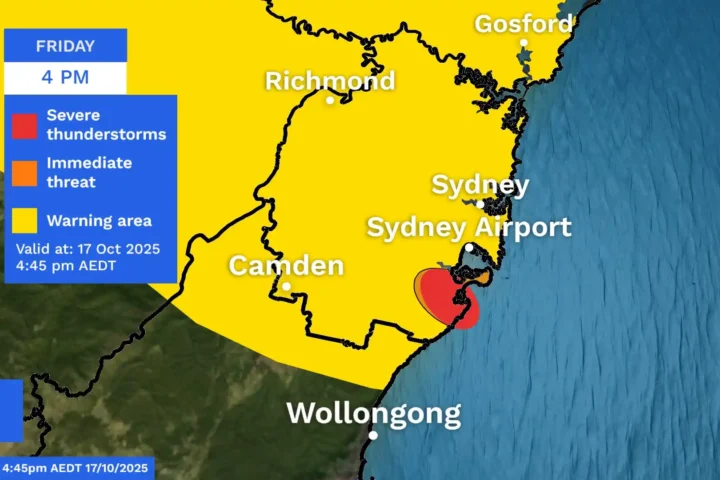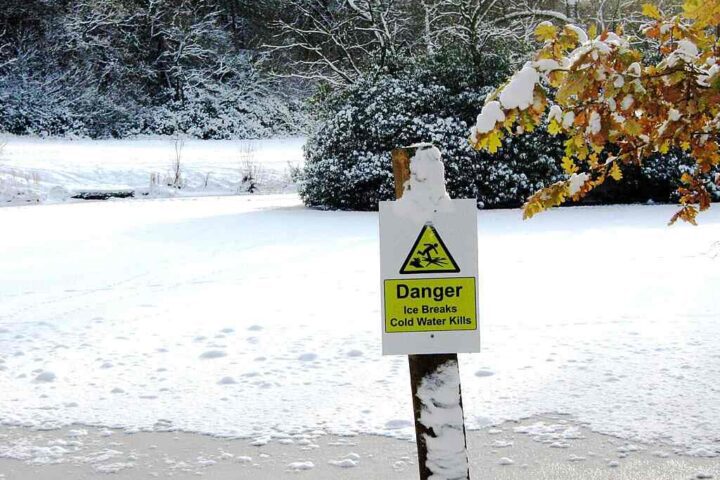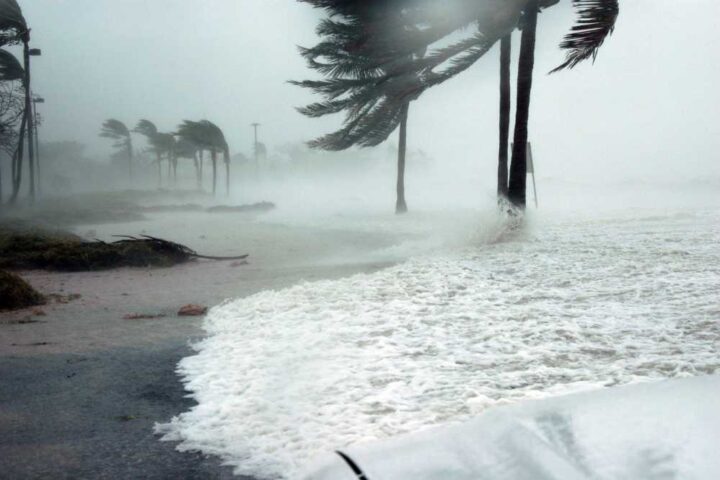In a concerted effort to combat climate change, both the UK Government and the European Union are turning their attention to peatlands. These unique ecosystems, often overlooked in environmental discussions, play a pivotal role in carbon storage and water management. However, recent studies and initiatives highlight the urgent need for restoration.
The UK Government has announced an investment of over £50 million in peat restoration. This initiative aims to restore approximately 35,000 hectares of peatland in England by the end of this Parliament. The motivation behind this move is not just environmental but also a commitment to future generations. The goal is to leave the environment in a better state than it was inherited.
Peatlands, a significant feature of England’s landscape, are more than just scenic beauty. They hold over half of the UK’s terrestrial carbon stores. Beyond carbon storage, they serve as sanctuaries for wildlife, enhance water quality, and play a crucial role in natural flood management. However, the alarming statistic is that 87% of England’s peatlands are in a state of degradation. These damaged peatlands release tonnes of carbon dioxide annually, negating their role as carbon sinks.
Tony Juniper, Chair of Natural England, emphasized the multifaceted benefits of peatlands. “They are not only vast carbon reservoirs but also act as massive water filters ensuring the clarity of our rivers,” he remarked. The recent grants aim to integrate more peatlands into the Nature Recovery Network, a step forward in enhancing England’s natural environment.
On the European front, the EU’s focus on peatland restoration is evident from recent projects highlighted on the European Commission’s website. While the specifics of these projects are yet to be detailed, the emphasis is clear: peatland restoration is crucial for climate action.
Similar Posts
Combining insights from both the UK and EU initiatives, several critical issues emerge:
Degradation of Peatlands:
The degradation of peatlands is not just a UK issue. Across Europe, many peatlands are dried out, damaged, and releasing carbon instead of storing it. The restoration of these lands is not just about reclaiming lost beauty but about reversing the damage and making them functional again.
Wildlife Conservation:
Beyond carbon storage, peatlands are biodiversity hotspots. The degradation of these lands means a loss of habitat for numerous species. Restoration efforts will also be a step towards wildlife conservation.
Water Management:
With changing climate patterns, flooding is becoming a recurrent issue in many parts of Europe. Peatlands, with their natural water management capabilities, can be a solution to this problem.
Economic Implications:
Besides the clear environmental advantages of peatland restoration, it also has economic benefits. Healthy peatlands can boost local economies through tourism, sustainable farming, and fishing.
As global climate concerns rise, restoring peatlands is a practical response. Both the UK and EU are actively working on this. The path is challenging and requires more than just money and land; it’s about our shared commitment to a healthier planet for the next generations. As readers and global citizens, the onus is on us to stay informed, curious, and proactive in this shared mission.
